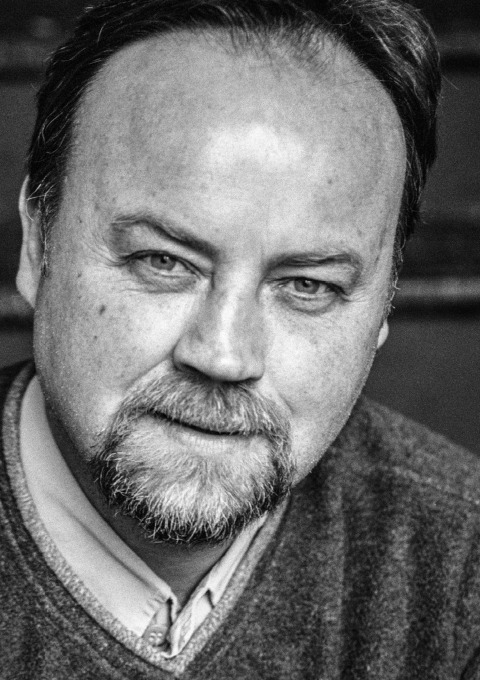In the days after Eamonn died last October many friends and colleagues counted the ways in which he had left an inedible mark on the world of photography.
We came up with three – one of the most brilliant sports photographers of his generation; as a great Guardian picture editor; and, finally, as a quite remarkable taker of portraits. We could, on reflection, have added a fourth – his more recent role as a lecturer, broadcaster, mentor and thinker about the craft and art to which he’d devoted his life. It’s difficult to think of any other comparable figure who ranged so widely and with such distinction.
I worked with Eamonn most closely during the middle two of those four careers – picture editing and portrait photographer. He arrived at the Guardian at a moment of crisis: the Independent was barely two years old, but was seriously threatening to overtake the Guardian and eclipse it as the most successful serious broadly liberal newspaper in Britain.
My predecessor, Peter Preston, realised he had the fight of his life and one of the important things he did was to ask the graphic designer, David Hillman, to dramatically remake the look of the paper. That was inspired – but maybe even more inspired was to hire Eamonn as picture editor.
One of the things people loved about the Indie was that it looked so bloody good: classical, cool – and so stylish in the way it used photographs. Eamonn convinced Peter that, while the Guardian employed some outstanding photographers – and despite the often-lamentable quality of reproduction – there was no excuse for pictorial cliches, lack of imagination and timidity.
It was a nerve-wracking job interview for Eamonn. By his own account, he felt the need to take a briefcase with him for added gravity. And then left it behind – creeping back into Peter’s office to retrieve it just as the room was filling with senior Guardian, who immediately worked out who their new picture editor was to be. By the time Eamonn moved on from picture editing, a dozen years later, the world was a different place: every sub-editor in the building had a computer terminal and access to thousands of pictures flooding in every day. But in the late eighties and early 90s Eamonn had almost single-handed control over what appeared on the main news pages – if only because, as he later put it, he used to hide all the crap. He hated safe photography. Flash for cash.
He worked with two brilliant front page editors, Mike McNay and Brian McDermott, to transform the look of the Guardian. If you timed it right, you’d be there for the moment in the late afternoon when Eamonn would produce a print of the stunning image he’d been quietly hoarding all day. And Mike would swear under his breath – language which would not be right to recall today even in the journalists’ church – and promptly clear eight columns. Armenia, Lockerbie, Bosnia, the Gulf War, train crashes, ferry disasters. The results were frequently stunning. The writers, it must be said, were not unanimous in their appreciat ion of the way Eamonn rapidly transformed the look of the paper. Used to seeing six or seven stories on the front page, now there might only be three. “Space cowboy” was one of the politer terms they used about him. But Eamonn would make up for it by buying them a drink in the Coach and Horses after work. For someone causing such disruption and trouble, he had only friends.
As the paper regained its confidence Eamonn brought in a range of the best freelancers to complement the brilliant in-house team – which included, as he told the Guardian’s historian, Ian Mayes, in 2008, “ two of the greatest press photographers ever working in the same office” – Denis Thorpe and Don McPhee…[and it’s so great that Denis Thorpe can be here today. ]
Eamonn was passionate about all aspects of whichever of his four roles he was pursuing. “All I did,’ he told Ian of his spell as a multiple-award winning picture editor, “was give the paper back its confidence. I believed in it every night and I fought for it every night. I had to have a cracking front page – to intrigue readers to pick the paper up. And when it worked, I went home with a happy heart.” But usually stopping off for a pint on the way.
Always restless, Eamonn had begun nipping out of the office to shoot a portrait or two – often with Simon Hattenstone, who he called his caption writer. One of his first big selfcommissions for the new profile slot (this time with Joanna Coles as caption writer) was Iris Murdoch and John Bayley – an unforgettable image. He had a new bug. He had helped transform and save the Guardian: now it was time to get behind the lens again. As he told Ian: “Everyone was now a picture editor. It was about the time we had Mabel, and the game had gone.”
Of all the memorable work he produced during this next spell of his rich career was capturing 23 of the 40 remaining British members of the International Bridge who had fought in the Spanish Civil War – all taken in 2000, each image full of character, history and power.
Eamonn’s critical eye never dimmed, even in his fourth life. He emailed me in splenetic rage in 2009 after a having his breakfast ruined by a portrait – taken by an internationally-renowned photographer who had better remain nameless – in that day’s G2. “I don’t get it,” he spluttered. “That has to be one of the worst we have ever printed. I spent years trying to get that sort of crap out of the pages. What next, handshakes and big cheques?” He was, of course, entirely right. Flash for cash. And you knew that, given even five minutes and a smidgeon of daylight, Eamonn would have done a much better job.
One man, four careers. The images will live on for ever. As will our memories.



